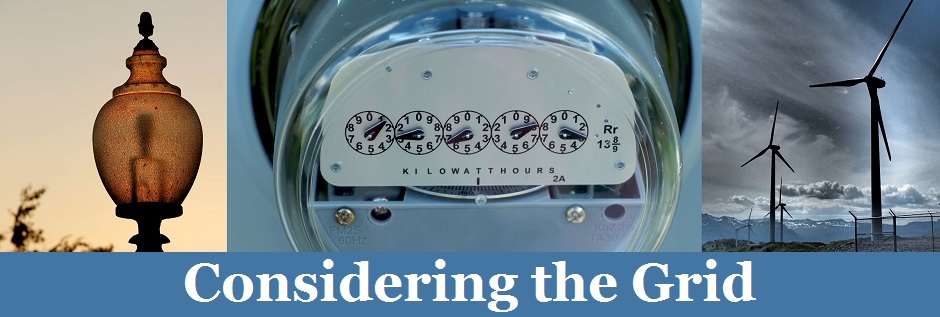With litigation ongoing before the D.C. Circuit and possible action from the Trump Administration, it is an understatement to call the CPP’s future uncertain. Not surprisingly, some groups have gone from studying the effects of the CPP’s implementation to studying the effects of its repeal. In the past few weeks, two new analyses examined the ways in which a repeal of the CPP could impact the nation’s generation mix, economy, and public health.
The U.S. Energy Information Administration released an analysis showing that in a scenario where the CPP is not implemented, coal would become the leading source of electricity generation by 2019. It would retain that position through 2032, when it is predicted to be surpassed by natural gas. The analysis notes that without the CPP, there would be less incentive to switch from coal to less carbon-intensive natural gas and carbon-free renewable resources. As a result, renewable generation would not surpass coal until 2040 in this scenario.
Last week, Energy Innovation published with Forbes its analysis of the costs of repealing the CPP. The analysis is based on Energy Innovation’s Energy Policy Simulator, a tool that lets the public model dozens of different energy policies. It concludes that repealing the CPP would result in an increase of carbon dioxide equivalent emissions of more than 500 million metric tons in 2030 and 1,200 million metric tons in 2050. In terms of dollars, Energy Innovation predicts that repealing the CPP would actually result in a net cost to the U.S. economy of nearly $600 billion by 2050 from increased capital, fuel, and operating and maintenance expenditures, since some more efficient technologies will be unable to overcome market barriers without the CPP in place. It also claims that the repeal of the CPP would increase particulate pollution, causing an increase in premature deaths of 120,000 by 2050.

